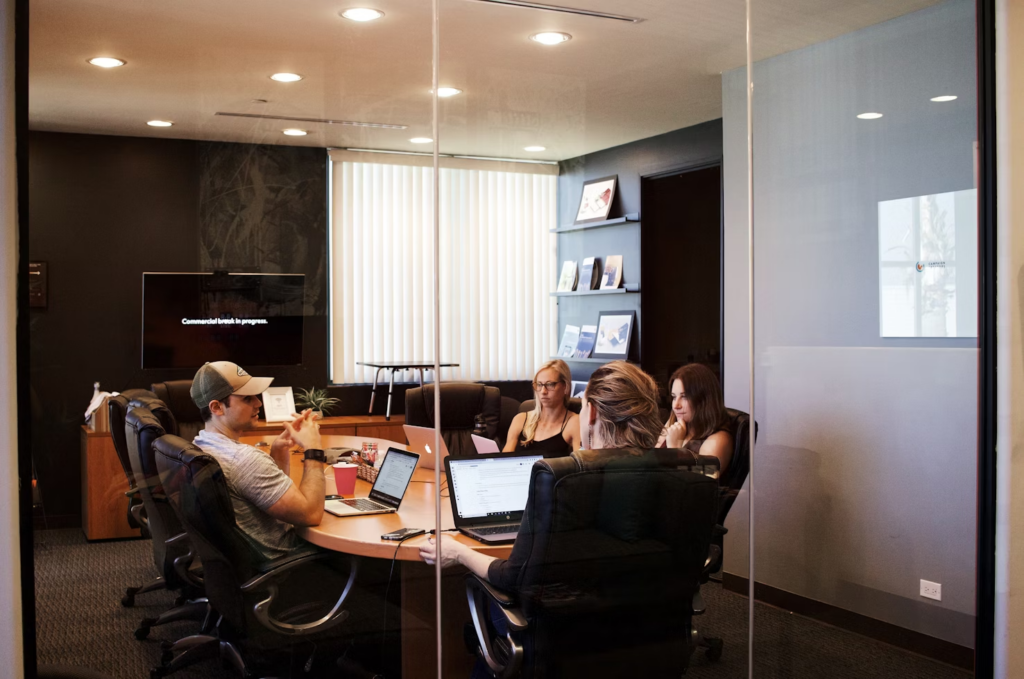An essential duty of any manager is to inspire and involve their staff. This is because disgruntled workers produce less and miss work more frequently. Providing employees with greater autonomy, a stronger feeling of purpose and belonging, and more possibilities for professional development are traditional strategies for raising employee engagement.
Some organisations are starting to look into different strategies meant to create enthusiasm in light of the challenges they are having keeping their employees engaged. For instance, United Airlines replaced a program in 2018 that offered all employees tiny quarterly bonuses with one that entered all employees who had perfect quarterly attendance into a lottery with enormous prizes.
But staff members rebelled and the lottery program was shortly discontinued.
Was the United Airlines “gamification” introduction a bad idea from the start, or was the criticism a result of a bad job done?
The goal of this article is to provide managers with the tools they need to successfully use gamification components in their workplace by highlighting recent behavioural science research. This article will concentrate on employee reward programs because we think it’s an underappreciated strategy to increase employee engagement and because pay and benefits are the main factors individuals look at when looking for new jobs.
Unleashing the potential of gamification
Gamification is the process of bringing the elements of games—rules, excitement, challenge, and uncertainty—to non-gaming situations. Goals that indicate what has to be done, progress tracking points, feedback on how actions have affected progress, achievement badges that indicate accomplishments, and leaderboards that show relative standing against competitors are just a few examples of the many gamification mechanics that can be used.
Because gamification activates three fundamental components of our motivational system, it can increase engagement. We must first have a sense of independence and the desire to run our own lives. Playing games gives us the ability to choose a path.
Secondly, we must have a sense of competence and a desire to be successful. We can feel our mastery progress through games. Thirdly, we require the feeling of relatedness, or the need to have a connection to other people. Playing games enables us to collaborate and compete with others, fostering a sense of community around common interests.
Organisations are already beginning to use gamification, especially when it comes to training, to inspire staff members. Between 2020 and 2025, the size of the gamification market is projected to increase by 27.4% yearly.
There are some great examples of effective gamified compensation scheme implementations, however they are still somewhat rare. Every employee at the insurance company Ansay & Associates receives a distinctive gift, and top performers get to ride the “Wheel of Wow.”
Uber drivers with platinum status or higher were able to enter a lottery in 2019 and win $5,000 for each trip they completed. Worker rewards at Southwest Airlines are called “Kick Tails,” and they entitle recipients to monthly lottery tickets.
Gamification can also be applied in the context of performance-based compensation. Employee disengagement and job searching may be less common if incentive programs keep them motivated to work. The two main drawbacks of conventional incentive schemes can be addressed by gamification when done correctly.
Firstly, conventional schemes such as earning a bonus by selling a set quantity of widgets during a given month are boring. The majority of workers can foresee the result. Secondly, since they don’t anticipate receiving a lot of performance-based compensation, underperforming staff members are less likely to be inspired by such initiatives.
Based on the results of the 2019 Gamification at Work Survey, 89% of workers claimed that gamification makes them feel more productive at work.
Motivation is enhanced by probabilistic reward systems

Using gamified aspects of goal pursuit and uncertainty resolution—both of which have been demonstrated in previous research to positively impact motivation and performance—ScienceDirect developed a probabilistic bonus program that can be won in a single lottery. Employee success was correlated with the number of tickets they won in their lottery, which included a bonus of a moderate prize, under this program. For every ten widgets made, they may have an extra 20% chance to win $100 by playing the lottery. In contrast, workers in the studies received tickets for solving arithmetic problems under time constraints rather than producing items.
One important aspect of this operation was that employees could perhaps collect every available lottery ticket, which would ensure they would win the grand prize. Some top achievers achieved this by solving 24 out of 30 math problems correctly.
We compared this single lottery program against other probabilistic rewards programs and traditional reward programs across a set of seven studies involving 1,431 U.S. workers recruited from an online crowdsourcing labour market and 455 university students in England and Australia.
Some of these other programs included lump sum (you earn $500 if you make 50 widgets, for example), piece rate (you get $20 extra for every 10 widgets you make), and multiple-lottery (you play a new lottery for every 10 widgets you make, with a 20% chance of winning $100). Comparing the single lottery program to the other programs, ScienceDirect discovered that it improved worker motivation and performance and was especially useful for underperforming employees.
Taking advantage of probabilistic rewards
Managers seeking to enhance employee engagement and performance should consider implementing a probabilistic rewards system. To avoid pitfalls like those seen at United Airlines and emulate successes like Southwest Airlines, careful program design is crucial.
Here are key guidelines:
1. Ensure the program accurately measures performance, especially when tasks are divisible, independent, and objectively measurable.
2. Introduce the program as a complement to existing bonuses rather than a replacement, to avoid perceptions of loss.
3. Maintain fairness by offering frequent, modest rewards and transparently linking performance to rewards over time.
Gamification, including well-designed probabilistic rewards, can significantly boost engagement by fostering autonomy, competence, and community among employees. This dynamic approach addresses the evolving needs of modern management.
(Tashia Bernardus)
